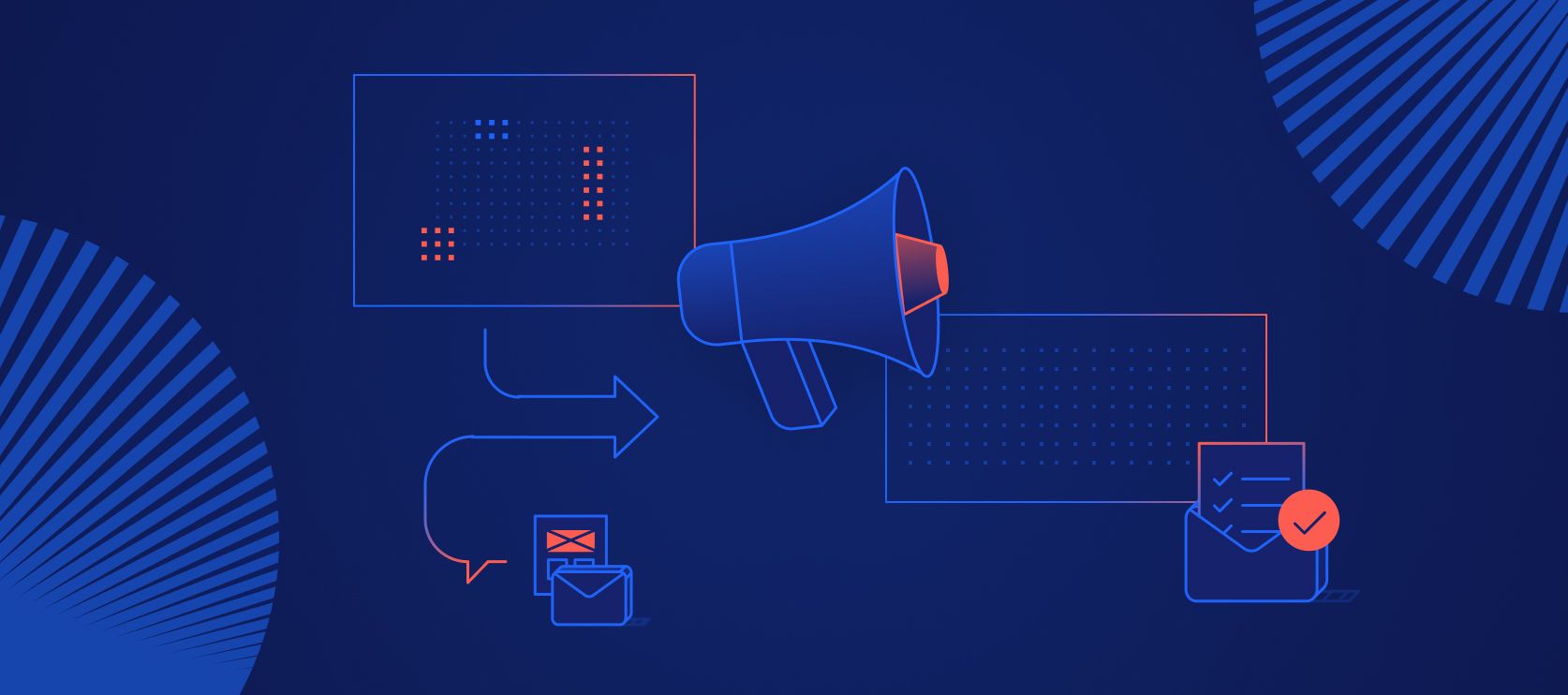What Political Campaigns Need to Know About Digital Marketing

What Political Campaigns Need to Know About Digital Marketing
In today’s digital age, political campaigns can no longer rely solely on traditional methods like door-knocking and TV ads. Digital marketing has become an essential component of any successful political campaign, offering unprecedented opportunities to reach voters, mobilize supporters, and raise funds.
Why Digital Marketing Matters for Political Campaigns
Digital marketing provides political campaigns with:
- Targeted Reach: Connect with specific voter demographics based on location, interests, and political affiliations
- Cost-Effectiveness: Achieve broader reach with smaller budgets compared to traditional media
- Real-Time Engagement: Interact directly with voters and respond to issues as they arise
- Measurable Results: Track campaign performance and adjust strategies based on data
Essential Digital Marketing Strategies for Political Campaigns
1. Social Media Marketing
Social media platforms are where political conversations happen. Effective social media strategies include:
- Platform Selection: Focus on platforms where your target voters are most active (Facebook for older demographics, Instagram and TikTok for younger voters)
- Content Strategy: Share a mix of policy positions, behind-the-scenes content, and voter testimonials
- Community Management: Respond promptly to comments and messages to build trust and engagement
- Live Streaming: Use Facebook Live, Instagram Live, or YouTube to host virtual town halls and Q&A sessions
2. Email Marketing
Email remains one of the most effective channels for political campaigns:
- List Building: Collect email addresses at events, through your website, and via social media
- Segmentation: Tailor messages based on voter interests, donation history, and engagement levels
- Fundraising Campaigns: Use targeted email campaigns for donation drives
- Get-Out-The-Vote (GOTV): Send reminders about registration deadlines and polling locations
3. Search Engine Marketing (SEM)
Ensure voters find accurate information about your campaign:
- Google Ads: Target voters searching for information about candidates or issues
- SEO Optimization: Optimize your website for relevant keywords and local searches
- Reputation Management: Monitor and respond to online mentions and reviews
4. Content Marketing
Create compelling content that resonates with voters:
- Blog Posts: Share detailed policy positions and responses to current events
- Video Content: Create shareable videos that explain complex issues simply
- Infographics: Visualize data and policy proposals for easy sharing
- Podcasts: Reach voters during their commutes with in-depth discussions
5. Digital Advertising
Maximize your advertising budget with targeted digital campaigns:
- Geofencing: Target ads to specific locations like polling places or opponent events
- Retargeting: Re-engage website visitors with follow-up ads
- Lookalike Audiences: Find new supporters similar to your existing base
- A/B Testing: Continuously test and optimize ad creative and messaging
Compliance and Ethics in Political Digital Marketing
Political campaigns must navigate unique regulatory requirements:
- Disclaimer Requirements: Include proper disclaimers on all digital advertisements
- Data Privacy: Comply with data protection laws when collecting voter information
- Transparency: Be clear about who is funding and creating campaign content
- Platform Policies: Understand and follow each platform’s political advertising policies
Measuring Success
Key metrics to track include:
- Engagement Rate: Likes, shares, comments, and click-through rates
- Conversion Rate: Email sign-ups, volunteer registrations, and donations
- Reach and Impressions: How many people see your content
- Cost Per Acquisition: How much you spend to gain each new supporter
Best Practices for Political Digital Marketing
- Start Early: Build your digital presence well before election season
- Be Authentic: Voters can spot inauthentic content quickly
- Stay Responsive: Address issues and controversies promptly
- Mobile-First: Ensure all content works well on mobile devices
- Build Coalitions: Partner with aligned organizations to expand reach
Conclusion
Digital marketing is no longer optional for political campaigns—it’s essential. By implementing these strategies and staying current with digital trends, campaigns can effectively reach voters, build support, and ultimately win elections.
Need help developing a digital marketing strategy for your political campaign? Contact Fruition to learn how we can help you connect with voters and achieve your campaign goals.





